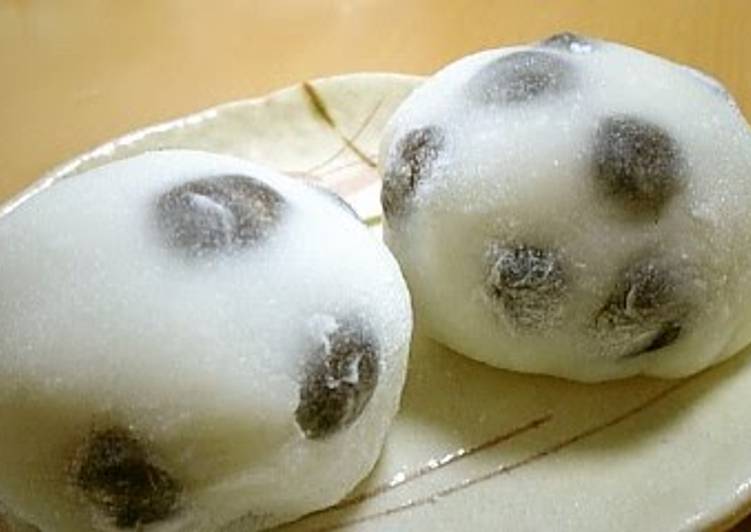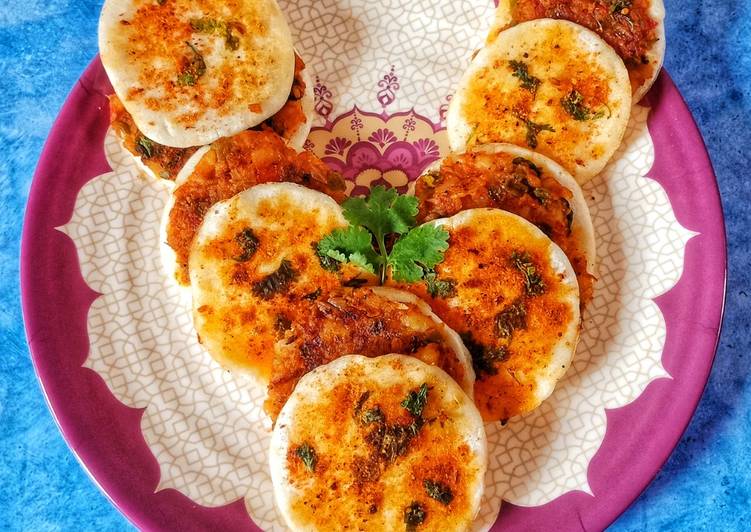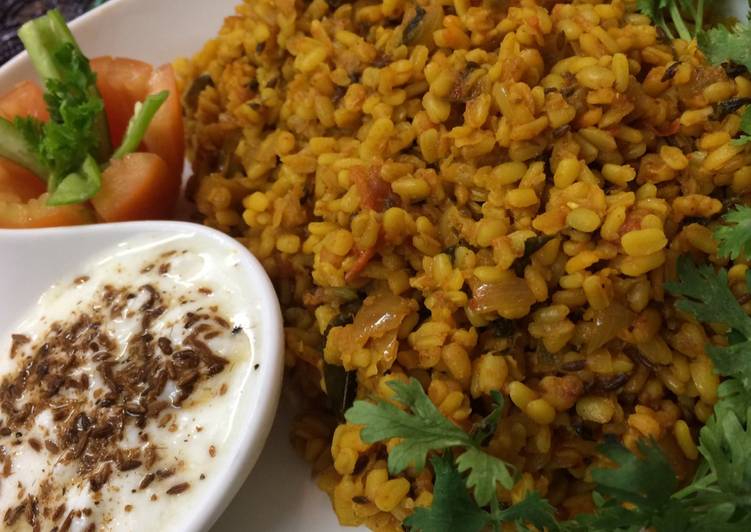
Hello everybody, it is Drew, welcome to our recipe page. Today, I will show you a way to make a special dish, shio-daifuku (salt and bean mochi dumplings). It is one of my favorites. This time, I will make it a little bit unique. This is gonna smell and look delicious.
Shio-Daifuku (Salt and Bean Mochi Dumplings) is one of the most popular of current trending meals on earth. It’s enjoyed by millions daily. It’s easy, it’s quick, it tastes yummy. They’re nice and they look wonderful. Shio-Daifuku (Salt and Bean Mochi Dumplings) is something that I have loved my entire life.
Daifukumochi (大福餅), or Daifuku (大福) (literally "great luck"), is a Japanese confection consisting of a small round mochi (glutinous rice cake) stuffed with sweet filling, most commonly anko, sweetened red bean paste made from azuki beans. How to Make Japanese Mochi Daifuku the easy way! LINKS TO INGREDIENTS (for people who don't live near an asian grocery or don't want to go out): Rice Flour.
To get started with this recipe, we must first prepare a few ingredients. You can have shio-daifuku (salt and bean mochi dumplings) using 8 ingredients and 9 steps. Here is how you cook it.
The ingredients needed to make Shio-Daifuku (Salt and Bean Mochi Dumplings):
- Make ready 80 grams ◆Shiratamako
- Get 20 grams ◆Joshinko (or just Shiratamako)
- Prepare 60 grams ◆Sugar
- Take 3/4 tsp ◆Salt
- Make ready 150 ml Water
- Prepare 1 Katakuriko
- Make ready 180 grams Anko (I used tsubu-an)
- Make ready 1 as much (to taste) Cooked black soybeans
Daifuku mochi has to be our FAVOURITE Japanese snack of all time. Sweet sticky rice is wrapped around red bean paste to form soft as a pillow dessert bites you'll Add a pinch of salt over the top and serve hot - we guarantee there will be no turning back after this. Daifuku is a Japanese confection consisting of a small round glutinous rice cake stuffed with sweet · Made from azuki beans, sugar, and salt, Sweet Red Bean Paste (Anko) is super easy to make from. Daifuku Mochi is rice cake with Anko, sweet red bean paste, inside.
Instructions to make Shio-Daifuku (Salt and Bean Mochi Dumplings):
- Divide the anko into 20 g portions (this amount is easy to wrap). It'll get your hands messy, so use a spoon. Refrigerate until use.
- Put the ◆ ingredients in a microwave-safe bowl (I used a white container, so it might be a bit difficult to tell what's going on). Add water, and mix until there are no lumps and it's smooth.
- Microwave for 1 minute 40 seconds at 600 Q. Take it out, and mix carefully with a moistened spatula. Microwave for another 40 seconds at 600 W.
- Take it out of the microwave, and mix again with a spatula. When the dough is shiny, place it on a plastic wrap-lined work surface dusted with katakuriko.
- Dust the top of the mochi with more katakuriko (the dough will be very hot, so be careful). Spread out the dough, and divide into 9 portions.
- Mix the black beans into each ball of dough. Flatten the dough into circles, and wrap around the bean paste balls If the dough is sticky, dust with katakuriko.
- Dust off the excess katakuriko with a pastry brush, and the dumplings are done.
- Pack into a box to make a gift anyone would appreciate.
- I used this brand of anko and black beans. The anko (on the right) is from a 100 yen shop. The black beans (left) are actually red 'kanoko' beans.
Daifuku Mochi is one of the most traditional but very popular Japanese sweets. Then, sugar was rare, but Daifuku became more like today's when sugar was more. I've made a big batch of anko for daifuku mochi and as a filling on its own. Apart from that I have no other ideas. I have experimented with peanut butter (too salty), ice cream (a complete failure) and homemade black sesame paste which tasted nothing like it should have and was pretty disgusting.
So that is going to wrap it up with this exceptional food shio-daifuku (salt and bean mochi dumplings) recipe. Thank you very much for your time. I’m sure that you can make this at home. There is gonna be interesting food in home recipes coming up. Don’t forget to bookmark this page on your browser, and share it to your family, friends and colleague. Thank you for reading. Go on get cooking!


